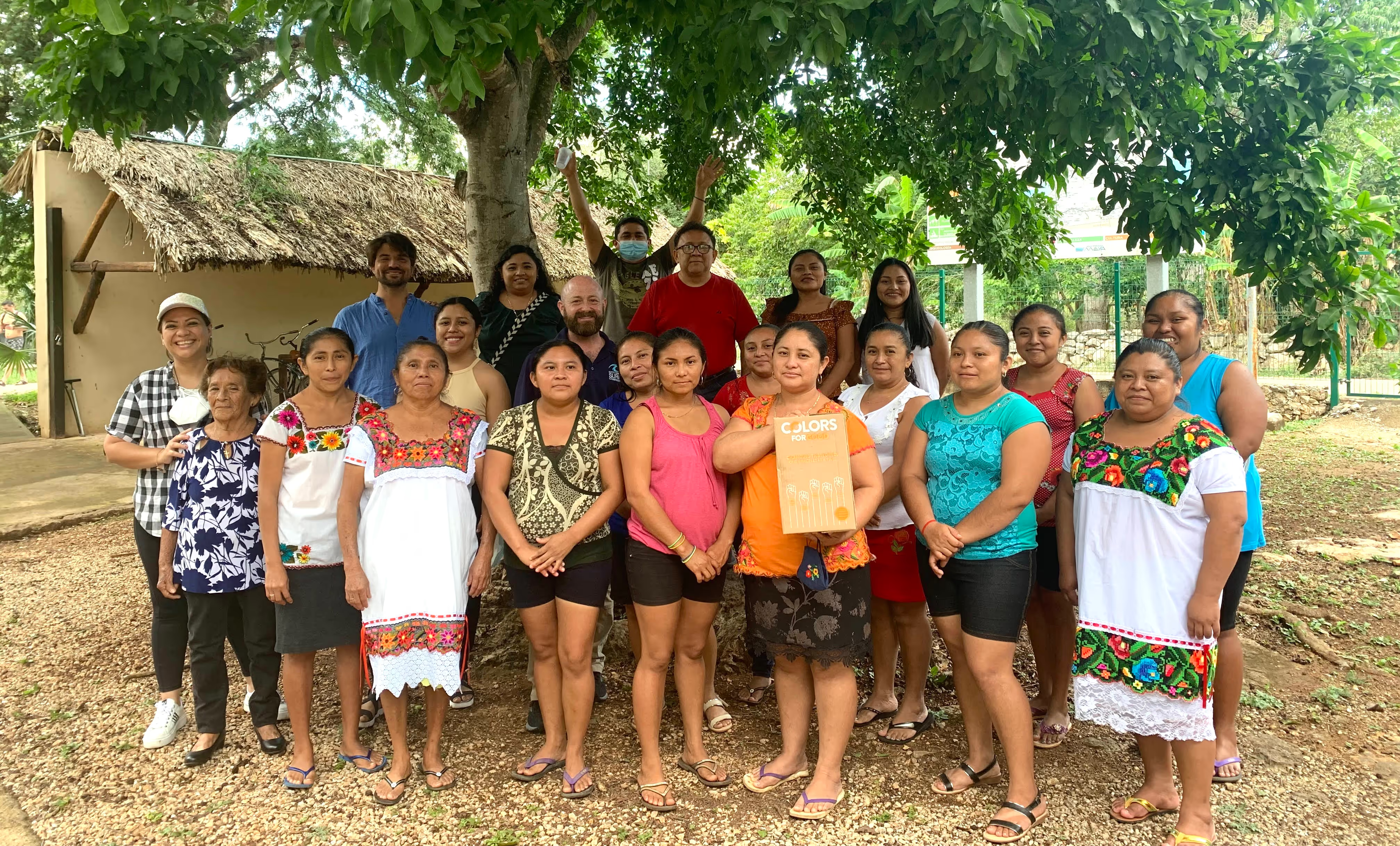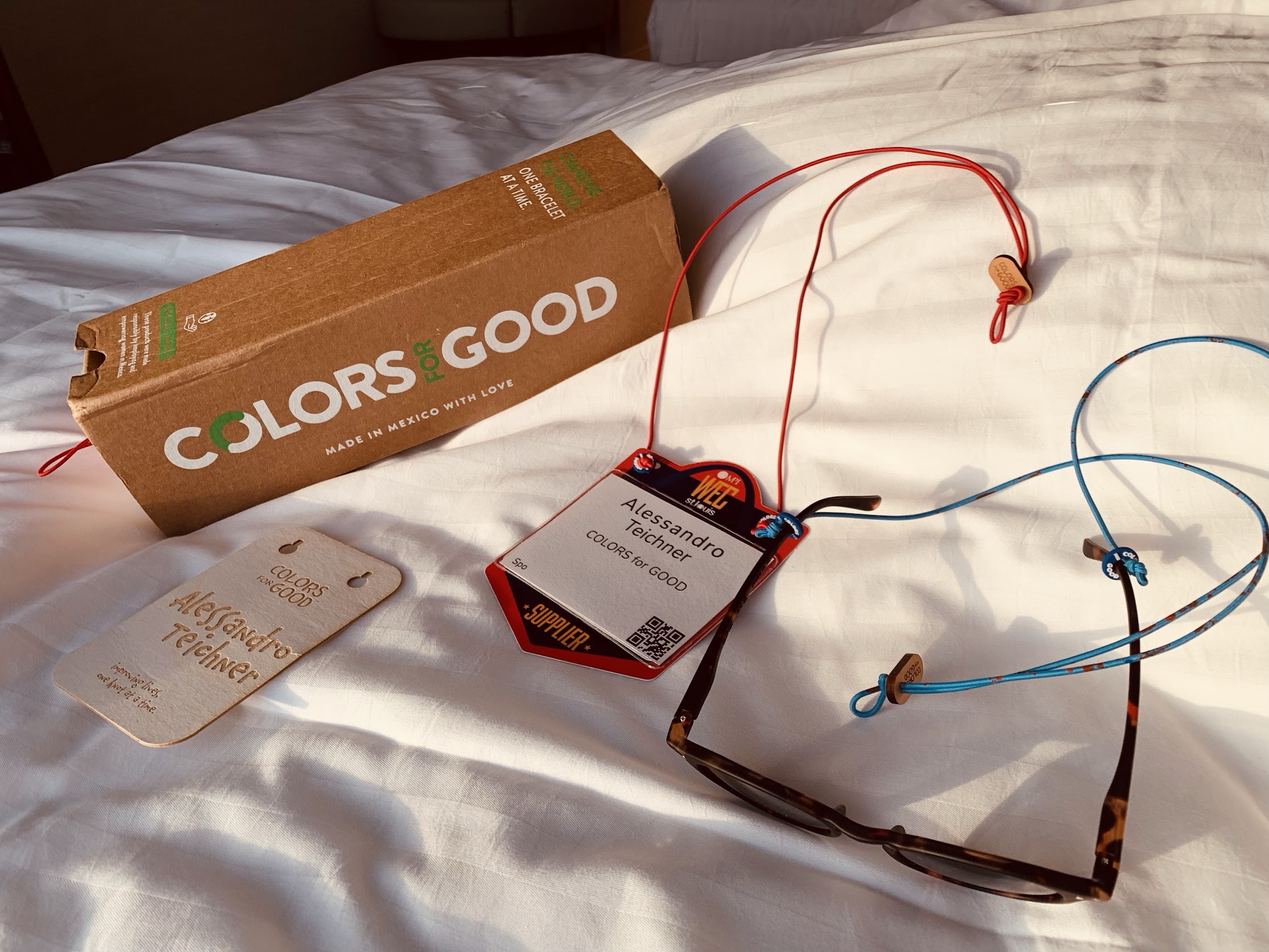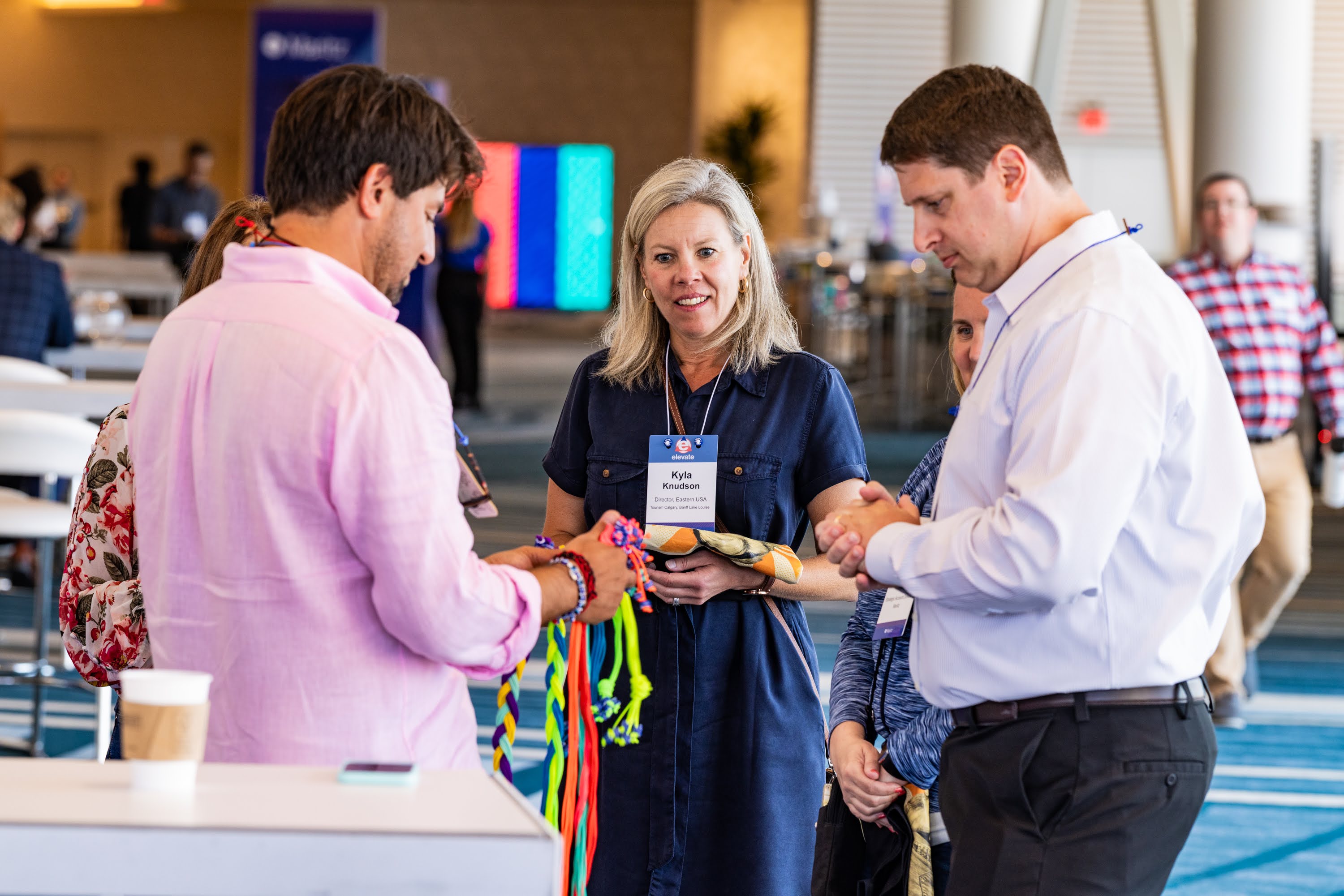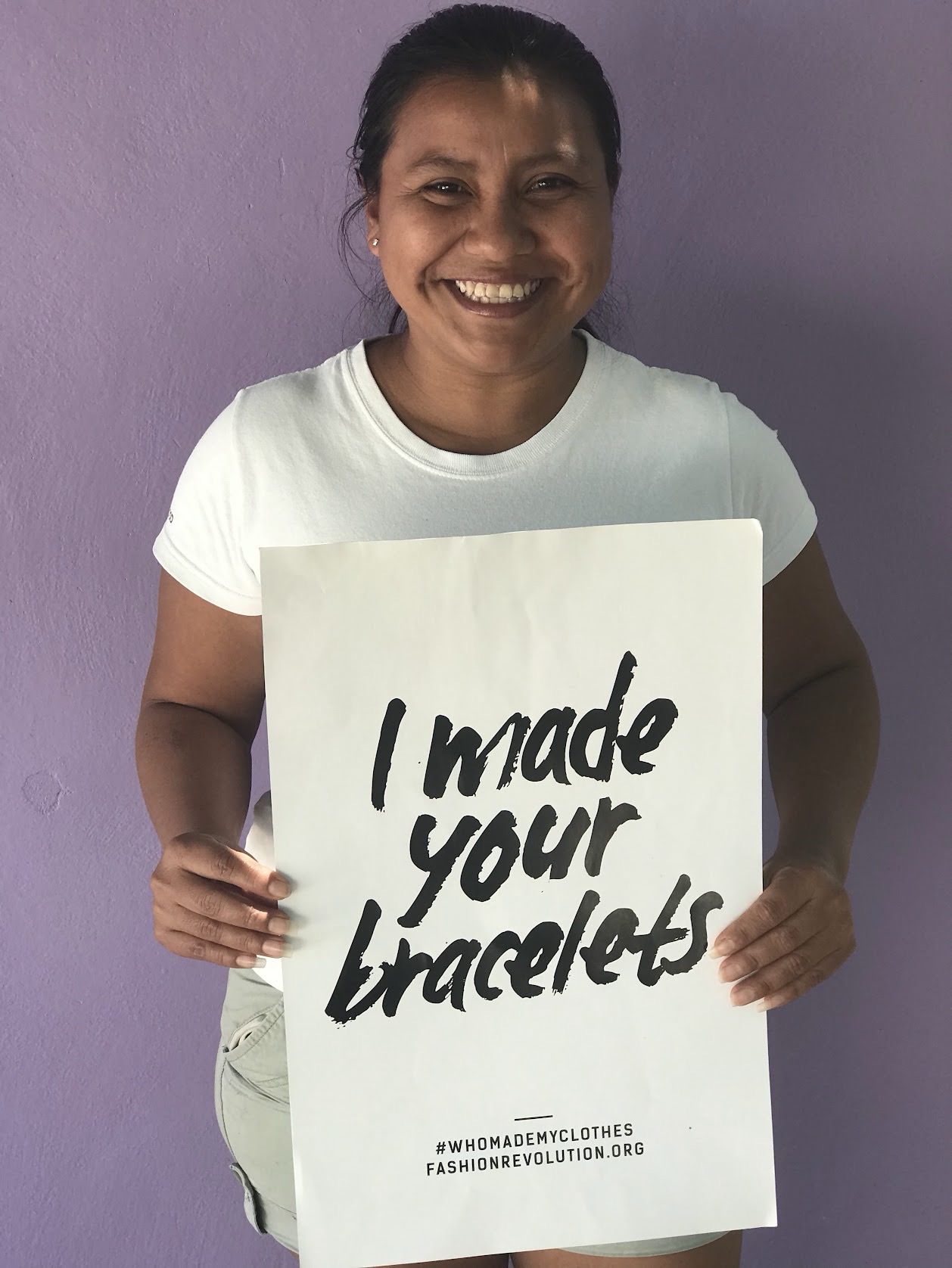
She had been given a loom by a local enterprise, along with the thread and a printed pattern. The work allowed her to remain with her children, to maintain autonomy, to participate in an economic system without leaving her community. The structure was as modest as the space around it, yet it carried a kind of clarity that stayed with him. There was a quiet balance in it, a certain dignity woven into its design.
At the time, Alessandro was managing operations for the oil and gas industry. His assignments took him across continents, into environments shaped by efficiency and volume. But certain impressions tend to last longer than metrics. Years after that afternoon in Dhaka, the image of the woman at her loom remained with him – as orientation.
Eventually, he left the corporate world and returned to Mexico. He wasn’t planning his next venture. What he needed was time by the ocean – a slower rhythm, the physical release that kitesurfing offered. He founded 20 Knots LLC, a small kiteboarding experience designed for travelers seeking remote coastlines and uninterrupted sky. It was intended as a temporary project, a pause between chapters. But some ideas don’t wait for timing. When vision has taken hold, it tends to resurface – again and again – until you begin to follow it.

While volunteering in a village called El Cuyo, he joined a workshop led by a local NGO, which offered women an opportunity to create bracelets using marine knots. Alessandro taught the technique. The women responded with enthusiasm. Still, something was missing. The bracelets were beautiful, but without access to buyers, the work rarely translated into income. There was creativity and care, but no consistent structure.
Then, during a conversation with a hotel owner from Tulum – someone he had recently taught to kitesurf – a possibility emerged. They imagined a welcome ritual that included a hand-knotted bracelet, made not in a factory but in the village of El Cuyo. A gesture of hospitality that could also be a gesture of inclusion. Not as a gift shop token, but as a quiet exchange between visitor and maker. That conversation became the first outline of Colors for Good.
The company now works with women in rural and often underrepresented regions of the Yucatán. Most of them are mothers. The model is intentionally straightforward. Alessandro and his small team provide materials, instructions, and an income framework that allows the women to work from home, in the time and space available to them. No travel is required. No previous experience. The work is precise, but accessible. And the result is a product that carries both – beauty and meaning. Each bracelet – or “Hanger,” as they’re called – is designed in a specific color, inspired by the principles of chromatherapy. The wearer chooses based on emotion or instinct: yellow for creativity, blue for clarity, red for strength. The Hanger is not limited to one function. It can be worn as a bracelet, a sunglass cord, an anklet, or a hair tie. It is also designed to last beyond the moment in which it is given. Its lifespan exceeds the event. That is part of the point.
Alessandro took his product further. At the WEC conference in St. Louis, Colors for Good created a small activation that invited participants to choose a color and then tie the final knot themselves. The gesture was simple, but the atmosphere it created was unmistakable. Many people paused. Some asked questions. Others stood quietly, tying their bracelets with a level of attention rarely given to objects we receive at events. A few later reached out to ask how they could contribute more directly. The activation had offered them more than a keepsake – it had opened a conversation they weren’t expecting.

There are no slogans printed on the pieces, no QR codes or campaigns. What travels with them is something else: the feeling of being connected to a process that began in someone else’s hands, far from the stage or the spotlight.
There is one episode that Alessandro shares with quiet amusement, although it reflects something deeper. Years ago, while the company was still establishing its legal presence in Mexico, immigration officers came to El Cuyo in search of him. He had not yet completed all the formalities. Thirteen women were working with him at the time. Each of them told the officers they did not know him. Later, when Alessandro presented himself to sign the required paperwork, one of the officers looked at him and said: “They must really like you here in El cuyo!” It was not said lightly.
The kind of leadership that earns this kind of protection is not based on position or visibility. It grows through consistency, humility, and care. The presence of someone who builds slowly, but clearly. Colors for Good is not structured around scale. Growth is not its measure of success. The company’s purpose is to offer work that is tangible, thoughtful, and genuinely inclusive. It is not a charity, nor is it positioned as a brand in the conventional sense. It exists as a structure through which exchange becomes more equitable – a way for people to participate in something they might otherwise be excluded from. There is no central factory. No elaborate logistics. Just thread, time, and trust. When a guest chooses a bracelet, when they tie that final knot, they become part of the same structure – one that relies on reciprocity rather than volume. The product they receive was made for them, but also by someone who has remained visible throughout the process. That visibility matters. It shifts the value of the object and also shifts the value of the work. This is not a business driven by consumption, but by considered exchange. Each bracelet moves not as a product, but as a bridge between people.

And in a moment where leadership often aligns itself with acceleration, he offers another rhythm entirely. One that moves slowly, deliberately, and with a sense of proportion. Perhaps this is what regeneration actually looks like:
A thread. A color. A knot made by hand.
Held, not performed.
Shared, not scaled.
And carried between two people who may never meet, but are connected nonetheless.
Visit www.colorsforgood.world to learn more and watch the story of Teresita and ten others. Support Colors for Good and follow Alessandro Teichner on Linkedin.